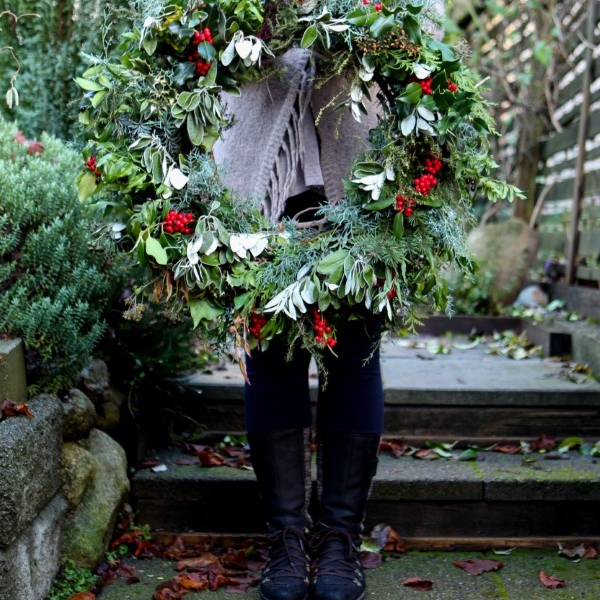After pouring plenty of love and water into your beloved plants, it can be heartbreaking to see them start to die. A dying plant can actually tell you a lot about what is wrong, and you can use this opportunity to learn or even save your plant from being just another addition to the compost bin.
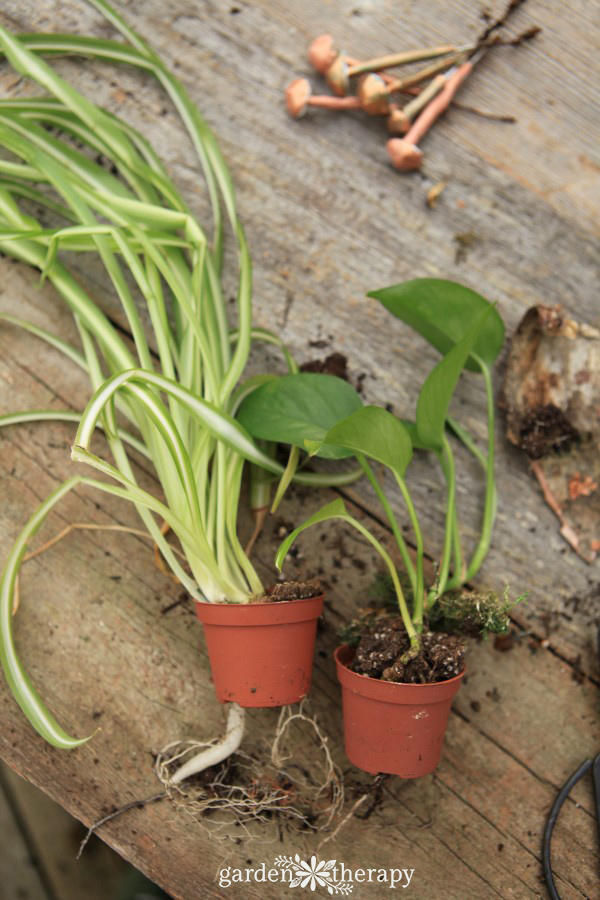
Have you seen the comic of the dying plant? The plant is so happy to get picked to go home, only to get placed in a graveyard of dead plants and is left horrified.
If you’ve got yourself a graveyard of plants, you’re not alone. Some people call this a brown thumb when you have quite the opposite of a green thumb.
But that doesn’t mean you shouldn’t also get to enjoy the joys of having greenery in your life. After all, it’s one of the easiest ways to make a home more colourful and calm.
Here’s what you can do about those dying plants and how you can relinquish this gardening guilt that may affect you anytime you accidentally kill a plant.

The Rise of the Plant Parent
I’m very much guilty of referring to my plants as my babies, but I’m really not alone. #PlantParent has almost 1.3 million posts under it on Instagram, and millennials, in particular, are completely obsessed with their plant babies.
During the pandemic, gardening became one of the most popular hobbies. Plant sales boomed, and people found beauty at home. 93% of millennials believe that houseplants make them happier.
The trend has continued with rising food costs and those looking for ways to feed their family healthy food at an affordable cost. The average millennial is less financially secure than when their baby boomer parents were the same age.
Many individuals don’t have access to their own backyards or green spaces to call their own, finding it difficult to obtain affordable housing. And we can all agree that plants aren’t as demanding or costly as pets or children.
So plants become their babies, using it as a way to liven up their home and bring in colour, even if they’re renting. Millennials account for about 1/3 of all houseplant sales in the US. And I’m all here for it!
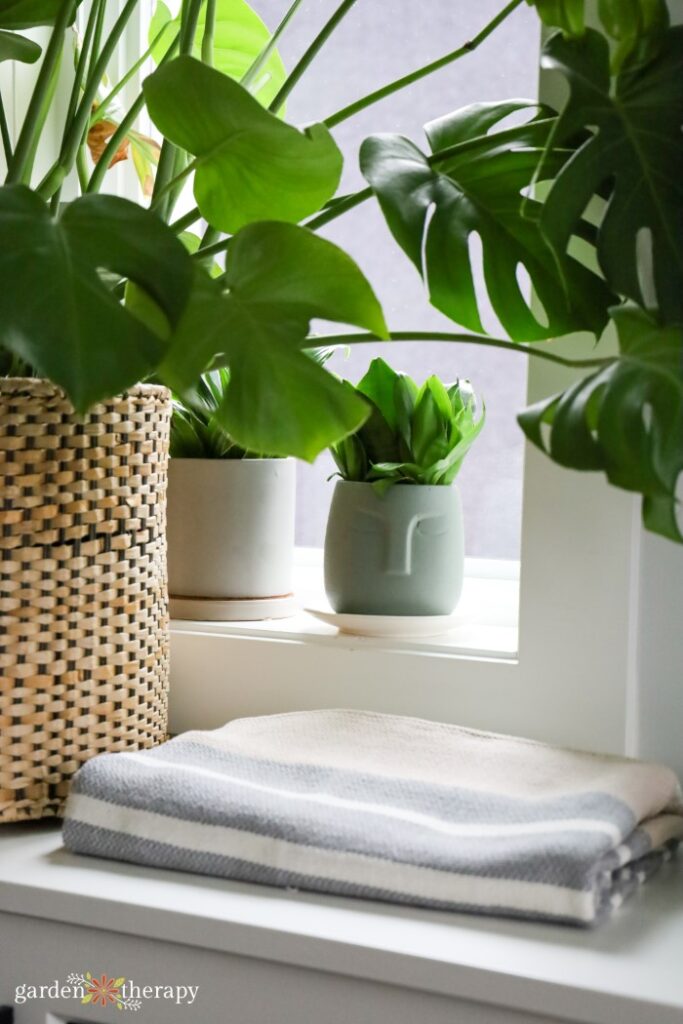
What is Gardening Guilt?
This past spring, I did a panel discussion on gardening and wellness at the Northwest Flower and Garden Show. It was moderated by Kim Stoddard and had a few other amazing gardeners as speakers.
While on the panel, Kim’s daughter asked us how we dealt with garden guilt. That is when your garden or house plant is dying, and you guilty for not being able to care for it.
Everyone on the panel was a really experienced gardener, educator, and communicator, and not one of us felt that we were prone to garden guilt the same way that newer gardeners are.
As we gain experience, we lose our guilt.
As more and more people start to fall in love with plants, they build a relationship with them. The plants become their allies. But once you start seeing those plants as beings, you feel some grief and sadness when they die.
I think this is really important! Recognizing plants as a gift and acknowledging how much they give to us means we’ll bond with them. And yet, we’re always going to have these losses in gardening.
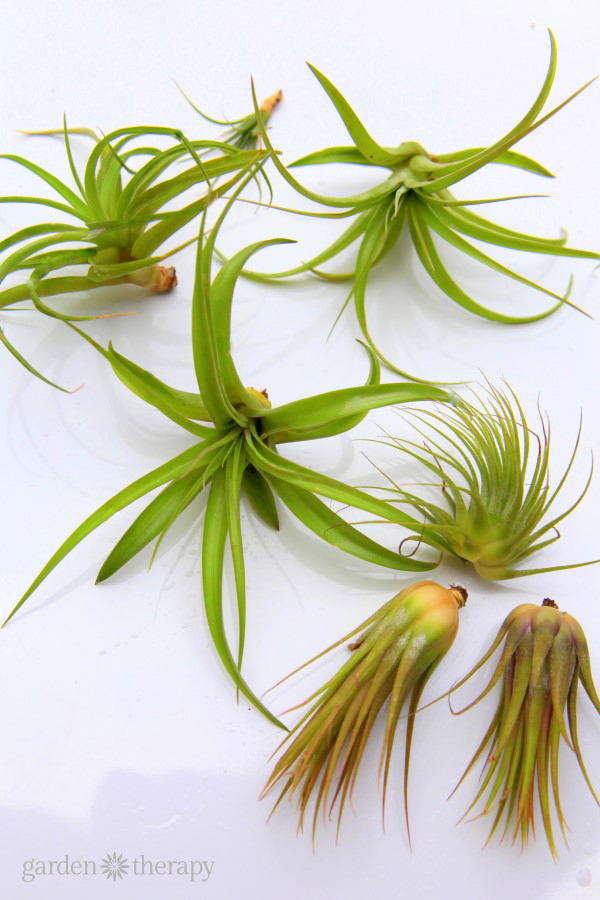
Can I Revive a Dying Plant?
If you catch it early enough, you can definitely revive a dying plant. The first thing you want to do is try to diagnose the problem. From too much water to not enough, or burnt leaves to soggy ones, there can be many reasons why a plant is upset.
I suggest you check out this post on diagnosing what is wrong with your plant.
The next thing you’ll want to do is clean up your old plant. Remove any dead or dying leaves—those aren’t going to come back. Instead, they’re just zapping energy that could be going to other parts of the plant require to revitalize it. So get snipping!
This could also mean removing dead or soggy roots. Remember, half of the plant is beneath the soil and shouldn’t be forgotten
If your plant was very injured, there’s a good chance that it will look scraggly or even like a single stem at this point. Don’t lose the faith. I’ve had some plants come back better than ever after they looked like they were on the brink of death.
Make sure your newly cleaned plant is in its preferred conditions, changing whatever it doesn’t like.
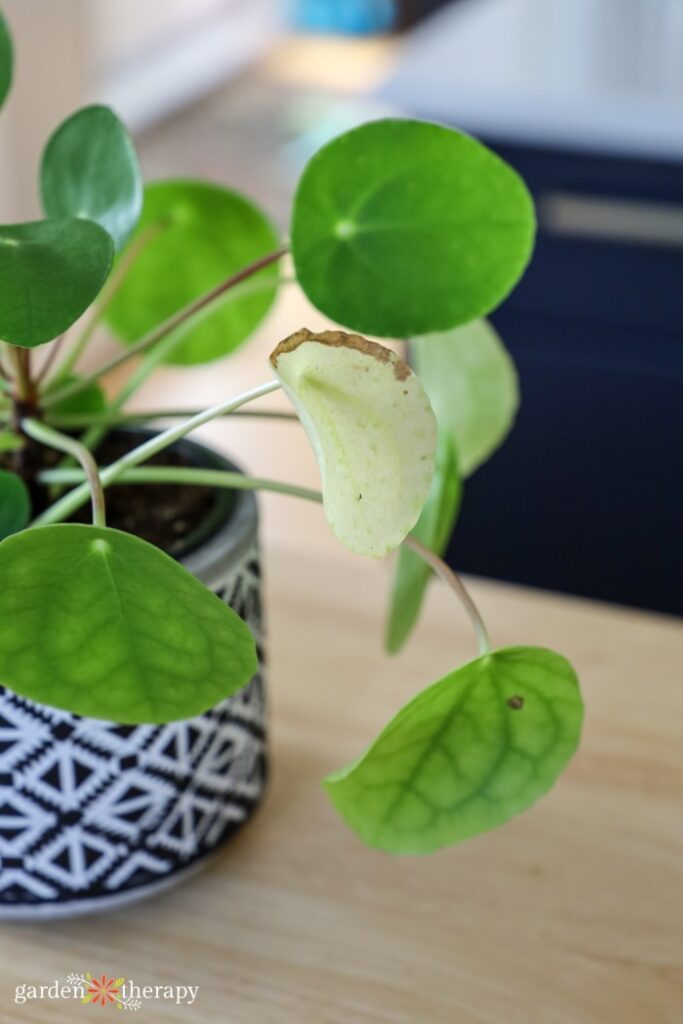
Turning Your Brown Thumb Around
All you can do is try to revitalize a dying plant, and cross your fingers. Turning a brown thumb into a green thumb all comes from learning from your mistakes.
Back at my discussion about gardening guilt, I immediately said, “I have no guilt at all about a dying plant. Those plants should have tried harder.”
Yes, we can be bullies in how we learn by getting a bunch of plants that aren’t great for our area, and we try to grow them and then beat ourselves up by it not thriving. Or we go, maybe we shouldn’t grow those plants again…let’s try something else!
I talk about this mindset with my Kiddo (my real one, not a plant baby). Making mistakes is normal, and rather than beating ourselves up for trying to be perfect, we can use them as an opportunity to get better.
Without mistakes, we would never be able to grow. Our gardens can literally grow after we have our greatest mistakes!
So yes, guilt has no place in my gardening tool belt. Every time I lose a plant, I respect the plant that I lost. But I grow as a gardener.
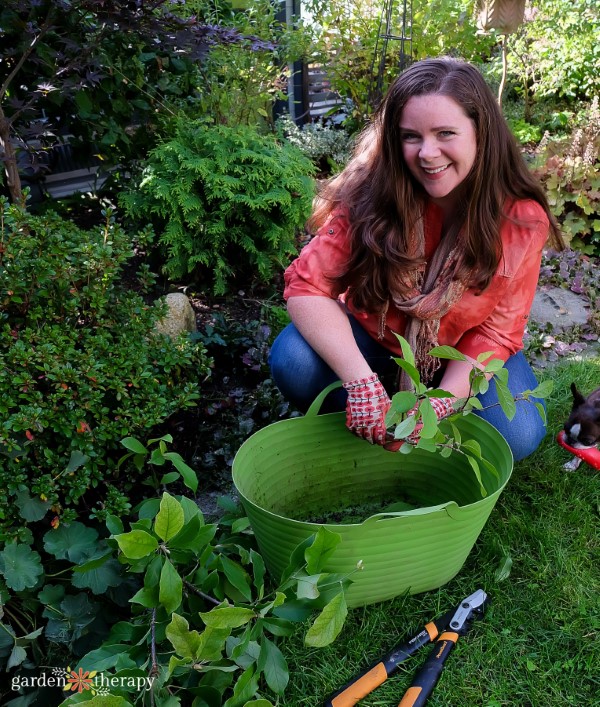
FAQ About Reviving Dying Plants
When is it too late to revive a sick plant?
If the stems are brittle and easily snap off, there is likely no hope for your plant. The stem should not be black or brown. When cut into it, it should show some greenery.
Likewise, mushy roots have succumbed to root rot and are no longer good.
But if you cut back all the stems and leaves, the main stem is still alive, and there are still some healthy roots, your plant could come back.
What kills plants?
The most common way that plants die is by receiving improper care. This can include too much sunlight, not enough sunlight, too much water, not enough water, not enough nutrients, too much fertilizer, a lack of humidity, etc. As you can tell, it can get confusing! That’s why it’s important to know what exact conditions your plant favours.
Pests and diseases can also kill plants. These are best prevented, with, once again, the proper care. It’s harder to get rid of them than to stop them from coming in the first place.
Can you revive a dead plant?
If it’s truly dead, you can’t revive the plant. If there are any signs of life, it could regrow new shoots and leaves. If the main stem/trunk or the roots are still healthy, it may come back from the brink.
Do you ever feel garden guilt? Let me know down in the comments.

